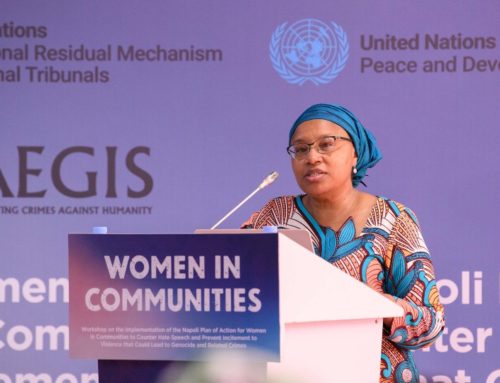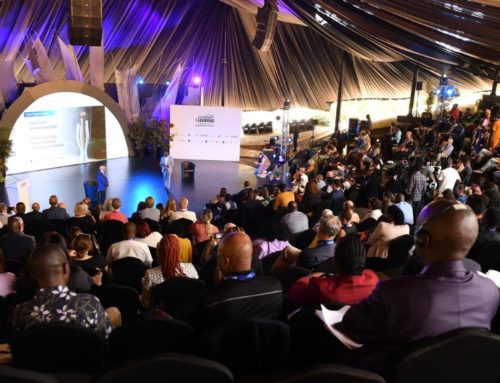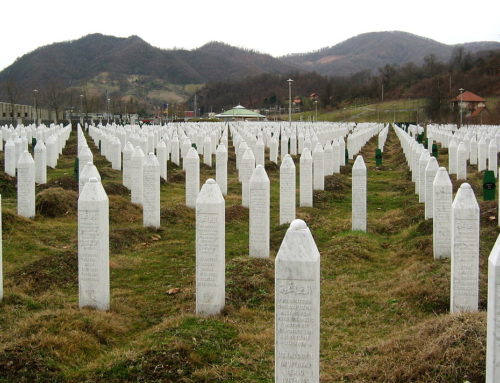11 Jan 2011 – In today’s Foreign Policy magazine the Aegis Trust and Frontier Economics write about their report The Cost of a Future Conflict in Sudan.
Even as Southern Sudan votes in an independence referendum this week, the fear of war hasn’t entirely faded away. The south is likely to vote to secede from greater Sudan, and the many political tensions over how exactly to do so — where the border is drawn, who gets what oil revenues, and so forth — could ratchet up into a renewed civil war between north and south. Or Southern Sudanese factions could turn on one another as they jockey to rule in a new, independent state. Although recent conciliatory overtures by Sudanese President Omar Hassan al-Bashir have helped calm tensions, reports of violence along the disputed north-south border are a reminder that everything could still fall apart.
It has become a cliché to caveat forecasts of war with the fact that all sides would have a lot to lose. So we decided to calculate exactly how much was on the line. Economists usually conduct financial autopsies after civil wars, dispassionately assessing the economic costs of conflict alongside the human suffering. This time, we have attempted to perform the autopsy before the event. Calculations about the future can only ever be rigorous speculation, but they do offer a sense of how extremely high the stakes really are.
Our analysis draws on the work of academics such as Paul Collier and Anke Hoeffler, who have found that, historically, civil war reduces the growth of real gross domestic product (GDP) per capita by an average of 2.2 percentage points for every year of conflict. In the post-conflict period, growth bounces back and is 1.13 percentage points higher than it would have been without a civil war. Finally, they find that if a country experiences civil war, its neighbors will each experience an average reduction in their annual growth rates of 0.89 percentage points over a five-year period.
With this analysis in mind, we developed four future scenarios for Sudan. In the first, we assume that there will be only low-level violence in a new independent Southern Sudan, similar to the level of conflict that was seen in 2009 and 2010 across the south, as well as in Darfur. A second scenario assumes that a civil war erupts between Southern Sudan and Khartoum and lasts for seven years — the average length of internal armed conflicts worldwide. In the third case, we imagine that this civil war escalates, spreading across Sudan and lasting for 14 years. Finally, we created a peaceful scenario, which assumes improvement in the security situation, a gradual reduction in military spending, the return of refugees, and an increase in foreign trade and investment.
For each scenario, we used data from the International Monetary Fund (IMF) about Sudan’s baseline growth prospects and applied Collier and Hoeffler’s findings to calculate how much GDP would be lost in each scenario over 10 years. To quantify the possible costs to the international community, we used current levels of spending on two peacekeeping operations and humanitarian aid in Sudan ($2.5 billion in the current fiscal year) as a baseline and modeled a range of increases that might be required in response to an escalation of violence.
Our central estimate is that a return to war in Sudan could cost over $100 billion over a decade. The Sudanese people themselves could lose $50 billion and an additional $6.5 billion to $13 billion per year if the oil industry were disrupted. Meanwhile, neighboring states such as Ethiopia, Kenya, and Uganda could lose $25 billion. The wider international community might find itself paying out another $30 billion. These estimates are conservative because our baseline assumes some level of conflict, as exists now in Sudan. If real peace were the benchmark, losses would be much greater.
If we break down the potential losses, the Sudanese people themselves could lose $50 billion in permanent damage from the destruction and disruption caused by a war. Within Sudan, that means the destruction of physical infrastructure — farms, shops, and mobile-phone towers — coupled with the reduction in the number of people working (through death and injury). Security concerns would disrupt trade; transport of both people and goods would become more difficult and more costly. And amid the fighting, government resources would be diverted away from productive investment to destructive expenditures. War also diverts financial assets and human capital abroad. People are forced to use their savings or sell their assets to secure their safety. Their desperation to sell may lead to very low returns on resources that could otherwise have funded more useful and profitable activities.
Neighboring states such as Ethiopia, Kenya, and Uganda could lose $25 billion as a result of possible conflict spillovers, lost markets for their exports, and lost investment as investors perceive a higher regional risk. These negative impacts would outweigh any diversion of economic activity from Sudan into neighboring countries. Donors would also likely find themselves paying out in extra peacekeeping costs and humanitarian assistance, adding up to $30 billion. These costs are already significant in Sudan, which received $1.4 billion in humanitarian assistance in 2008, making it the world’s largest recipient of humanitarian aid for the fourth consecutive year. This figure could escalate rapidly.
As many as 2 million Sudanese lost their lives in the civil wars that were ended by the Comprehensive Peace Agreement in 2005, and perhaps 300,000 people died in Darfur during the most recent conflict. While the human tragedy of death, displacement, and ruined lives cannot be fully captured by any economic study, our financial analysis is intended to concentrate minds during this moment of risk.





